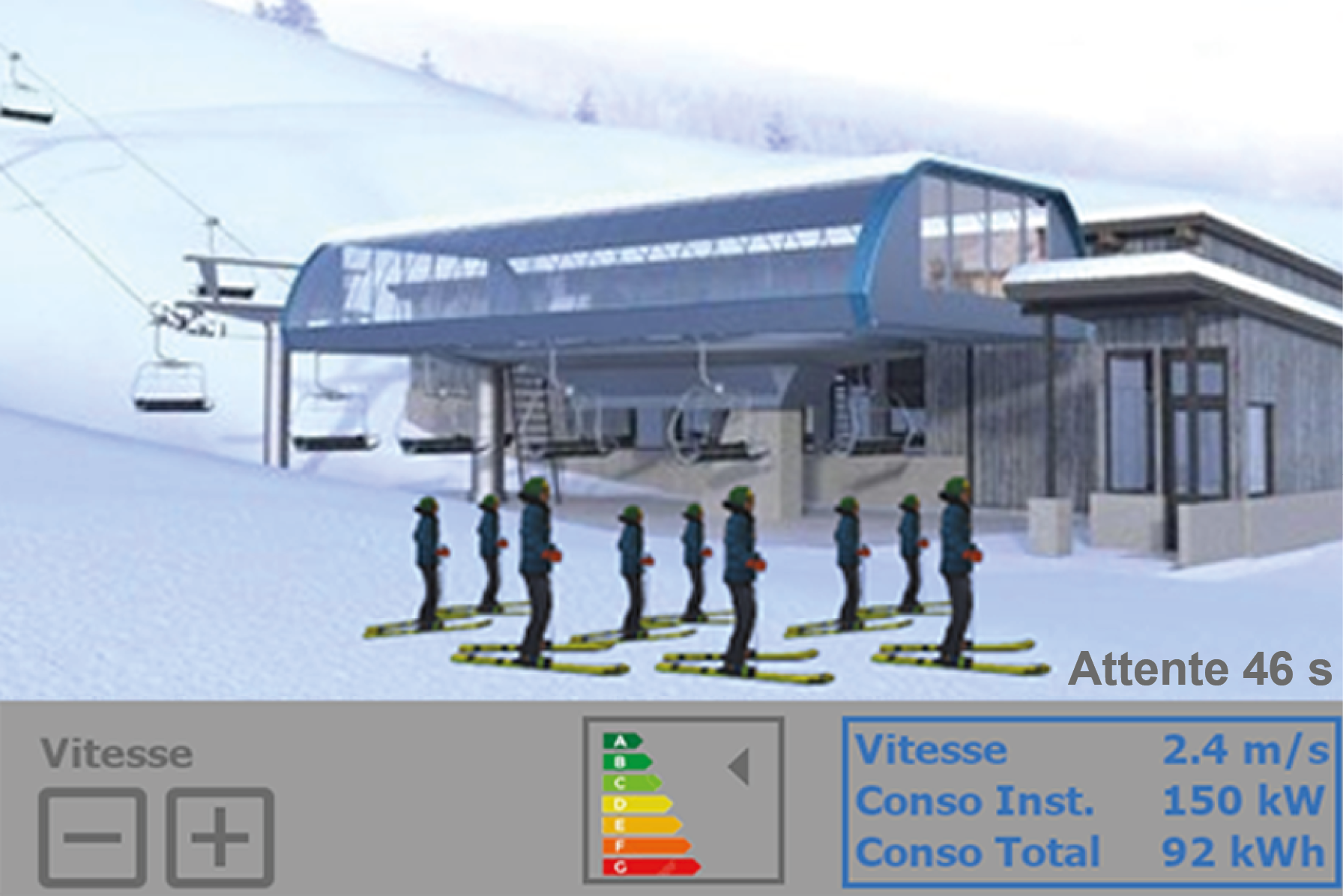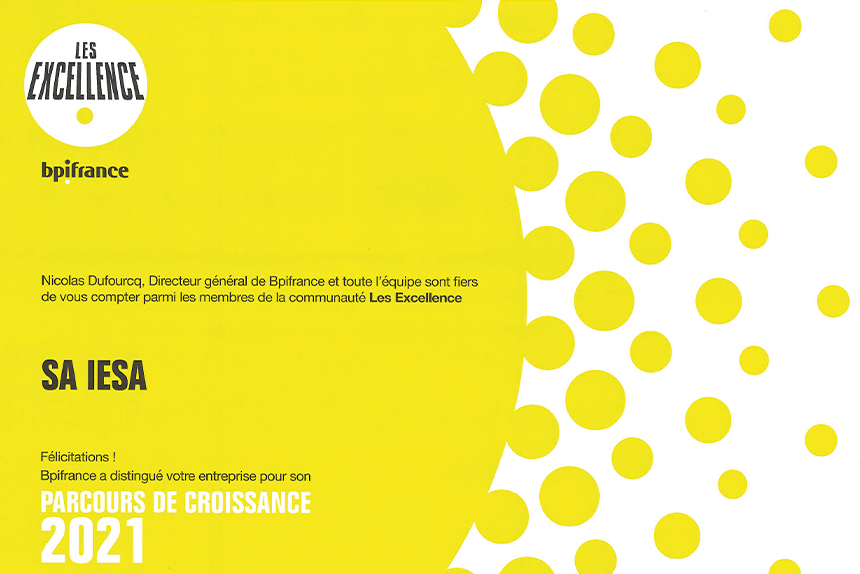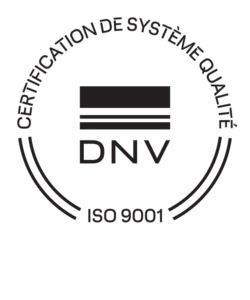Virtual Reality at the service of eco-driving!

An eco-responsible approach
Aware that their exceptional natural setting are their main attraction, mountain resorts have been committed for several years to a sustainable development approach in order to reconcile tourism and the environment.
This eco-friendly approach materializes through many actions, including ropeways eco-driving. The aim of this approach is to :
- Sensitize operators to the impact of their driving
- Reduce the power consumption of ropeways
- To decrease the solicitation of the machines
- Limit the energy consumption
- Empower employees
IESA and its simulators
For fifteen years, IESA has been developing industrial processes simulators. They allow to validate the installations before their start-up but also to train operators to use complex machines.
In the ropeways market, IESA has a training simulator for the maintenance technicians and gondola lifts drivers. Totally immersive thanks to virtual reality, easy and quick to use, this tool is intended for learning procedures, training in troubleshooting but also for feedback following an incident.
Virtual Reality and Eco-driving by IESA
To meet the challenges of reducing energy consumption, an “eco-driving” module has been specially developed for ski lifts. The operator is immersed in an installation where he interacts with all the controls of the chairlift or gondola lift. In the virtual reality helmet, he visualizes in real time the power consumption of his machine and the passenger queue. Then, he has a precise vision of the impact of his actions on these 2 parameters.
This training enables operators to become more aware of the challenges of eco-driving, indoors, in a very flexible way, without installing expensive equipment on the entire fleet of ski lifts. The training scenario will confront the operator with a variable influx of customers. He will be responsible for adapting the speed of his installation to optimize energy consumption without penalizing the customer experience (waiting time).
The test can be done in two ways :
- The operator is guided throughout his journey, the actions are suggested to him in a pedagogical way (didactic method)
- The operator is free to choose, the amount of energy consumed is given to him at the end of the training session
The trainer has different scenarios to represent more or less attendance, more or less variable depending on the difficulty he wishes to bring to the exercise.
The eco-driving module in pictures

Global view of the simulator
The operator adapts the speed according to the waiting queue


An energy consumption indicator is displayed
To go further
IESA also proposes the implementation of energy consumption indicators on the installations. This physical indicator can be installed during a complete electrical renovation carried out by IESA, but more generally on any type of appliance regardless of its manufacturer and date of commissioning.
A measuring system is installed locally on the main power supply of the driving station, a display gives the power absorbed in real time to the driver and this data is fed back into the network by a supervision station. This workstation displays the power consumption of all the equipment in the area.
Thanks to an advanced analysis of the electricity consumption of the entire ski area, this system precisely quantifies the positive impact of eco-driving training on your overall energy consumption. Setting up an “eco-driving challenge” is also a way to motivate drivers on this subject.

